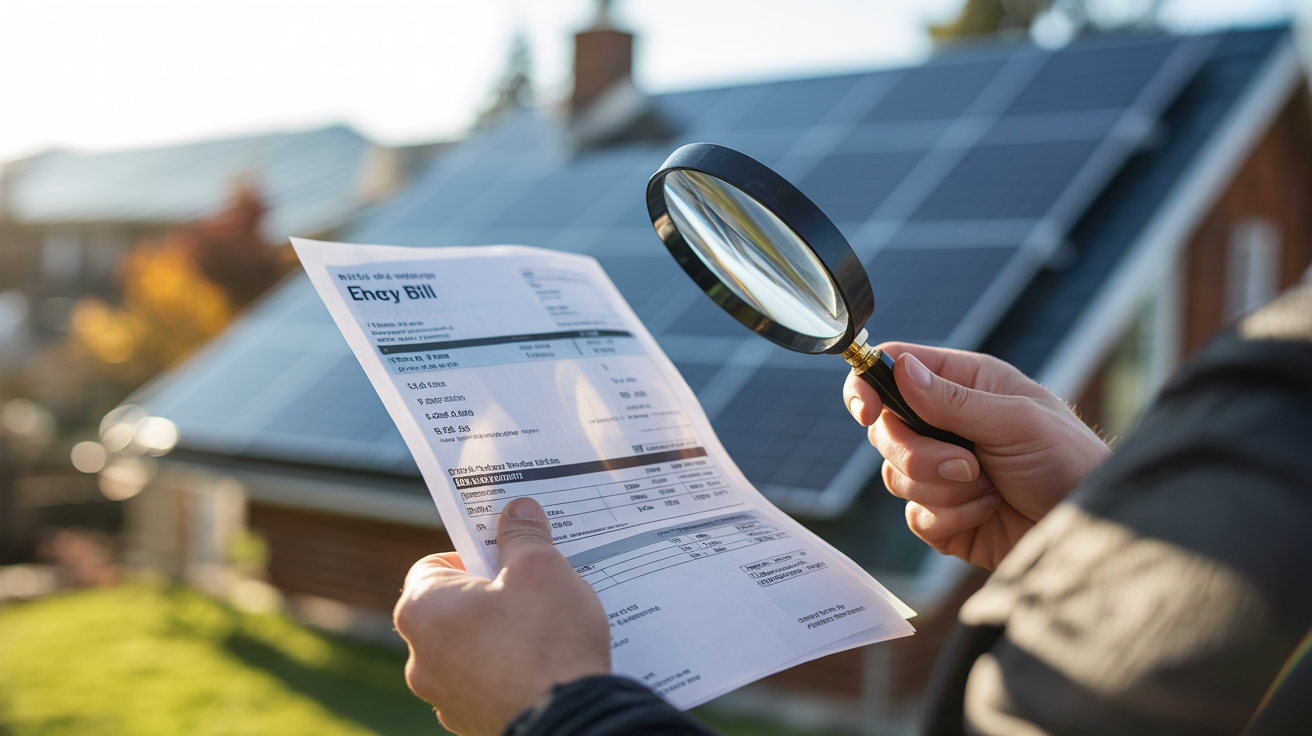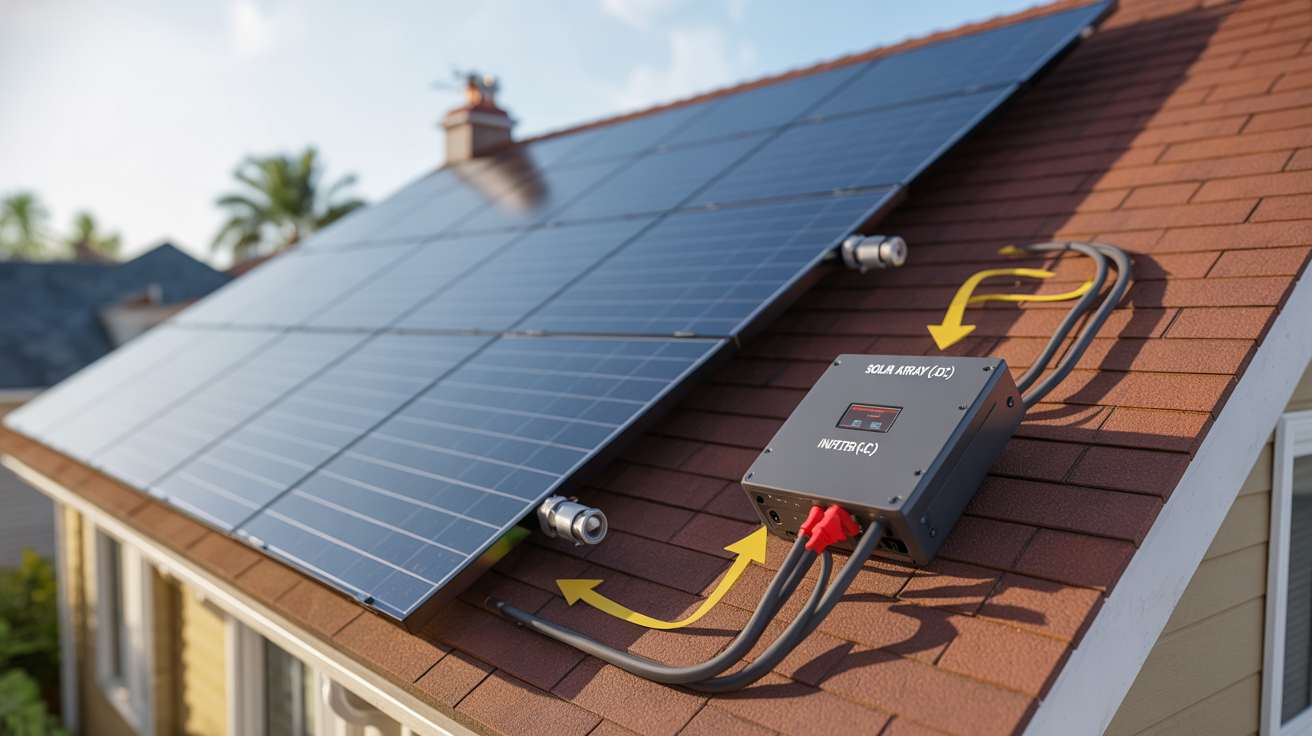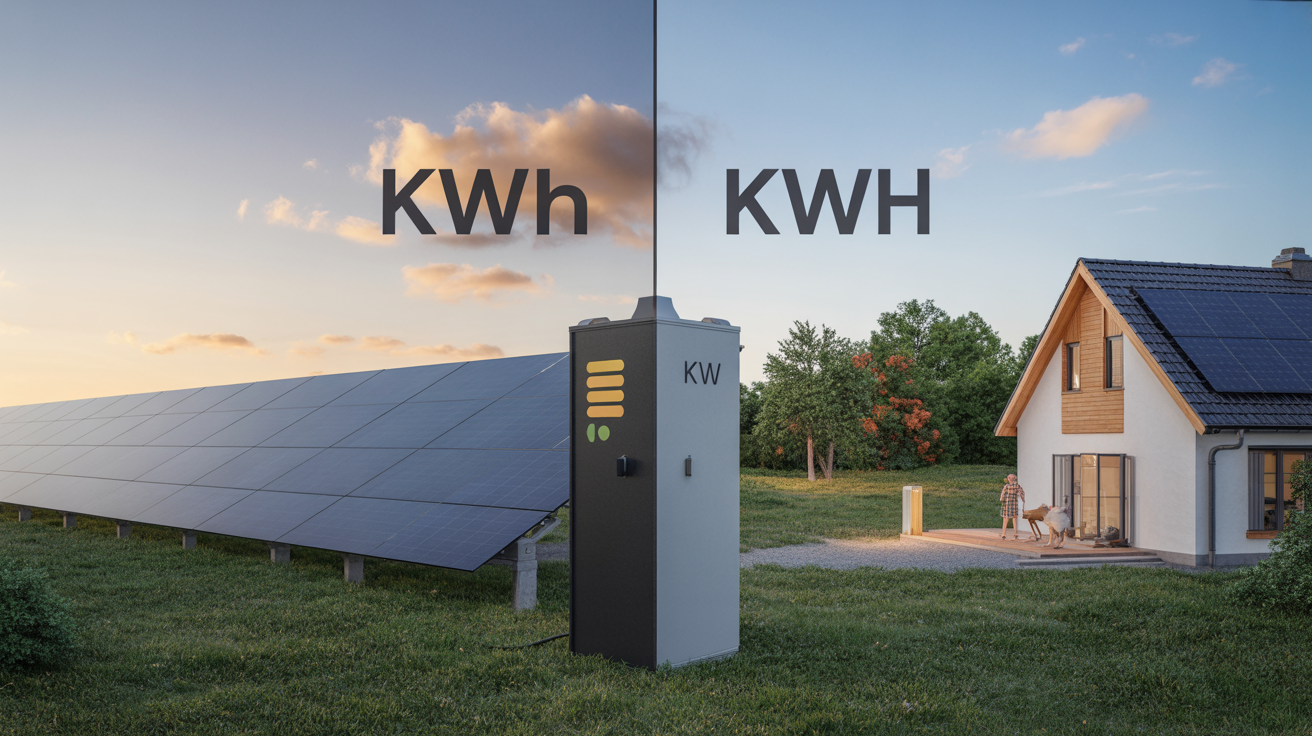In our work analyzing distributed energy projects, we see that the most successful residential solar installations begin not with a sales quote, but with a rigorous analysis of historical energy data. Your utility bill is more than just a record of payments; it is the foundational data set for modeling the financial performance of a 25-year energy asset. Approaching it with the right framework is the first step in de-risking your investment and ensuring a project is sized for optimal economic return.
Step 1: From Simple Averages to a Strategic Load Profile
The most common mistake we observe is simply calculating an annual average and sizing a system to meet it. This approach ignores the most critical variable: timing. A true analysis requires creating a **load profile** that reveals the character of your energy demand.
To do this, we recommend compiling at least 12, and preferably 24, months of utility bills. Look beyond the total kWh and identify these key patterns:
- Seasonality: Chart your month-to-month kWh usage. A high peak in summer indicates a load dominated by air conditioning, which aligns well with solar production. A winter peak driven by electric heating presents a greater mismatch that may influence the business case for energy storage.
- Baseload vs. Peak Load: Your baseload is the minimum amount of power your home draws continuously (e.g., for refrigeration and electronics). Understanding this helps define the minimum generation required, while your peak loads determine the upper bounds.
This load profile, as cited by agencies like the U.S. Energy Information Administration (EIA), is the cornerstone of forecasting how much of your generated solar energy will be self-consumed versus exported to the grid—a critical factor for project economics.
Step 2: Sizing the Asset with a Realistic Performance Model
With a clear load profile, you can now model the generating asset required to serve it. This involves using your consumption data in a formula that accounts for real-world performance, not just ideal conditions.
The Sizing Calculation: Incorporating a Derating Factor
The core calculation connects your energy needs to the required system size, mediated by the solar resource available at your location (Peak Sun Hours).
Required System Size (kW) = (Average Daily kWh Consumption) / (Local Peak Sun Hours)
However, in any professional financial model, this result is adjusted by a **System Derating Factor**. This is a crucial multiplier (typically 0.75-0.85) that accounts for the inevitable, real-world inefficiencies and losses. An accurate model must include estimates for:
- Losses from panel temperature (efficiency drops as panels get hot).
- Soiling losses from dust and debris.
- Inverter and wiring inefficiencies.
- Annual degradation of the panels over their lifespan.
Failing to apply a realistic derating factor is the most common reason for a system to underperform against initial financial expectations.
An Applied Example:
Let's model a home with an average daily load of 30 kWh, located in an area with 5 Peak Sun Hours, and applying a conservative derating factor of 0.80:
Adjusted Daily Need = 30 kWh / 0.80 = 37.5 kWh (This is the amount the system must generate to deliver 30 kWh after losses).
Required System Size = 37.5 kWh / 5 PSH = 7.5 kW
This 7.5 kW system is the asset size required to meet the defined load under these modeled conditions.
Step 3: Forecasting Future Scenarios
A solar system is a long-term asset, and historical data only provides a baseline. A robust analysis must also model future load growth. The primary drivers we see in the market are the adoption of electric vehicles (EVs) and the electrification of heating (heat pumps). An EV can easily add 3,000 kWh or more to an annual load profile. It is often more cost-effective to size the initial system to accommodate this predictable future load than to plan for a costly expansion later.
Conclusion: Your Bill as an Investment Prospectus
In conclusion, your energy bill is the prospectus for a potential investment in a home power plant. Analyzing it properly—by building a detailed load profile, applying realistic performance assumptions, and forecasting future needs—is the most important step in the entire process. This data-driven approach transforms a simple purchase decision into a sophisticated financial analysis, ensuring your solar asset is properly sized to deliver value for decades to come.





Leave a comment
All comments are moderated before being published.
This site is protected by hCaptcha and the hCaptcha Privacy Policy and Terms of Service apply.